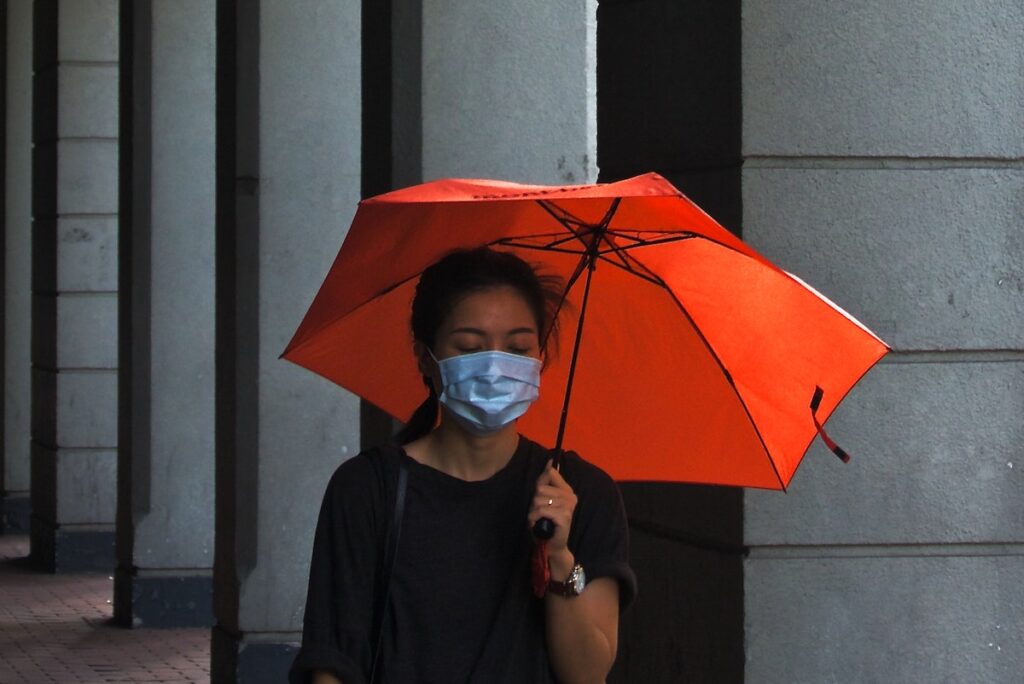
When The Beatles wrote ‘Eleanor Rigby’, I bet Paul and Ringo didn’t see a global pandemic in their futures. I would, however, put money on the fact that most people will have found Eleanor relatable at some point within the past twelve months.
Although there was already growing awareness of the implications of loneliness on mental and physical health; comparable to the physical effects of alcohol or smoking addiction (Tiwari, 2013), this was catapulted into general public awareness with the onset of the COVID-19 global pandemic. For weeks or months on-end, many countries imposed social distancing restrictions where people were prevented from being in proximity to anyone other than those they shared a home with.
Loneliness is feeling a lack of social connection (either in number of quality of connections) regardless of the presence of others (Perlman and Peplau, 1981). As such, loneliness explores the subjective state of social isolation, as opposed to the outwardly measurable state. Research has consistently demonstrated loneliness to be associated with depression, anxiety and suicidal behaviour (Mushtaq et al., 2014), however there is gathering evidence that sociodemographic characteristics influence this relationship.
In the current study, McQuaid and colleagues (2021) explored the relationship between loneliness, anxiety and depression during the height of the COVID-19 pandemic in Canada in relation to socio-demographic characteristics.

Awareness of the health implications of loneliness has grown exponentially as a result of the COVID-19 pandemic.
Methods
An anonymous online survey was advertised via social media and researchers professional and personal email networks. The survey was distributed during the height of the COVID-19 pandemic in Canada, i.e. when schools and day-care centres were closed to the public (excluding for key-workers), and food and beverage venues were also closed. The survey took approximately 15-20 mins to complete.
Participant inclusion criteria
- Living in Canada
- Able to read and understand English
Measures
- Demographics: Age, sex at birth, gender identity, annual household income level, education level, living arrangements, physical and mental health
- Depression: PHQ-9, grouped as; none or minimal, mild, moderate, severe
- Anxiety: GAD-7, grouped as; none, mild, moderate and severe
- Loneliness: (ULS-8), measured continuously.
Data cleaning included exclusion of participants where >10% of required questions were unanswered and data quality analysis was used to ensure consistency in participants responses.
Results
- 661 participants were included in the data analysis
- Significant positive associations were identified between:
- loneliness and anxiety scores (r=0.5, n=661), and
- loneliness and depression scores (r=0.61, n=661)
- ANOVAs revealed loneliness scores significantly differed between:
- severity of depression (F(3,657)=125.06, p<.001, η2=.36) and
- severity of anxiety (F(3,656)=71.91, p<.001, η2=.25)
- Significant negative associations were identified between:
- loneliness and age (r= -0.23, n= 660) and
- loneliness and income (rho= -0.24, n= 603)
- ANOVAs indicated that those in the lowest income bracket reported greater loneliness than those in the highest bracket
- Controlling for age, those living with parents, experienced greater loneliness than those living with partners or multiple family members
- Females aged 18-29 years were likely to report significantly greater depression and anxiety than males of the same group, with no such differences identified in older age groups
- Loneliness was a significant moderator between gender and depression, with the relationship between loneliness and depression being significant in both genders, though stronger in female participants
- Loneliness was not a significant moderator between gender and anxiety.

Loneliness had a greater influence on depression than anxiety in the peak of the COVID-19 pandemic in Canada.
Conclusions
So, in answer to The Beatles question (see blog title), as far as Canada is concerned, all (well, a significant number of) the lonely people are; female, from lower income households, live with their parent(s) and are typically young adults.
McQuaid et al. state that loneliness is described as the “great equalizer”, in that it does not necessarily target any one group, with socio-demographic factors such as sex, ethnicity, income and education not being all that protective (Cacioppo and Cacipoop, 2018; Polack, 2018).

In Canada, during the COVID-19 pandemic, being female, from a lower income family and living with parents, were all associated with greater loneliness and common mental health problems.
Strengths and limitations
Strengths
The study was well timed by managing to conduct and recruit general public participants while social restrictions were at their most extreme. As such, this paper offers an insight into the impact nationwide social restrictions can have on the wellbeing of a Canadian sample. The findings of this study are consistent with studies based in other countries where young adults and lower-income individuals have been the most affected by the pandemic in terms of their psychological wellbeing (e.g. UK, O’Connor et al., 2020). Additionally, the study authors applied a high cut-off level for missing data and a thorough data cleaning method and as such the data collected here can be considered reliable and true to the participant sample.
Limitations
As addressed by the study authors, the population sample was not nationally representative, with over two thirds of participants possessing a higher education degree. Additionally, education level was not controlled for when exploring the association between income and loneliness, depression or anxiety. Further limitations include the use of a cross-sectional design, in addition to the authors not exploring/reporting how the data varied in relation to differing social distancing restrictions across the country at the time of recruitment.

The findings are consistent with other western countries and add to a strong body of evidence of who might be vulnerable in relation to the COVID-19 pandemic and loneliness.
Implications for practice
Clinicians would benefit from considering loneliness as a potential contributory factor for depression in both genders, though it appears to be more pronounced in females. Additionally, special attention should be given to young adults, particularly those living with either one or two parents (i.e., no siblings or additional family members) as they may be most at risk of experiencing loneliness, depression or anxiety when social engagement is limited. These findings highlight the importance of peers for social support and maintaining psychological wellbeing, factors which are particularly pertinent to young adults who are still in the process of developing their identities and independence at adults.

Young adults in small nuclear family settings would benefit the most from peer support.
Statement of interests
No conflict of interest.
Links
Primary paper
McQuaid, R.J., Cox, S.M., Ogunlana, A. and Jaworska, N., 2021. The burden of loneliness: Implications of the social determinants of health during COVID-19. Psychiatry research, 296, p.113648.
Other references
Mushtaq, R., Shoib, S., Shah, T. and Mushtaq, S., 2014. Relationship between loneliness, psychiatric disorders and physical health? A review on the psychological aspects of loneliness. Journal of clinical and diagnostic research: JCDR, 8(9), p.WE01.
O’Connor, R. C. et al. (2020) Mental health and wellbeing during the COVID-19 pandemic: longitudinal analyses of adults in the UK COVID-19 Mental Health & Wellbeing study. British Journal of Psychiatry, (doi: 10.1192/bjp.2020.212) (PMID:33081860) (Early Online Publication)
Perlman, D. and Peplau, L.A., 1981. Toward a social psychology of loneliness. Personal relationships, 3, pp.31-56.
Tiwari S. C. (2013). Loneliness: A disease?. Indian journal of psychiatry, 55(4), 320–322. https://doi.org/10.4103/0019-5545.120536
Photo credits
- Photo by Fedor on Unsplash
- Photo by Pille-Riin Priske on Unsplash
- Photo by Anthony Tran on Unsplash
- Photo by Kyle Broad on Unsplash
- Photo by Timo Wielink on Unsplash
- Photo by Melissa Askew on Unsplash
- Photo by tam wai on Unsplash
- Photo by Kyle Austin on Unsplash

How about some photos with younger children of both sexes, and women with men, and elders ….it comes across as a women only female universe otherwise.